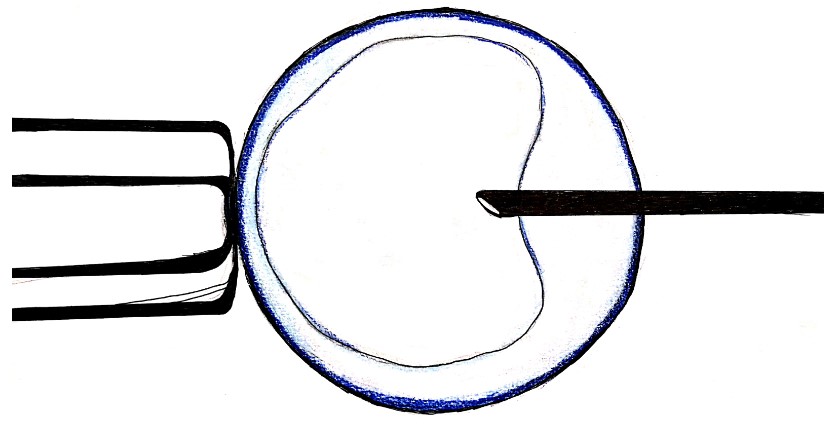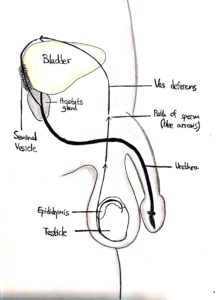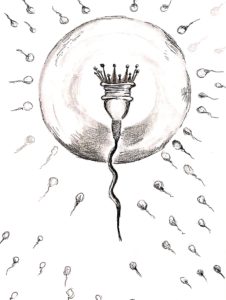While semen analysis is a widely used tool for measuring sperm concentration, motility, and morphology, it does not on its own provide a full picture of a male’s fertility, as there could be a number of other factors involved.
The sperm cell contains its genetic material or DNA. It is important that the makeup of the sperm DNA which eventually fertilizes the egg is whole, rather than fragmented and damaged. It has been shown that in men with a higher percentage of fragmented sperm DNA, there is a lower chance of pregnancy and a higher risk of miscarriage or birth defects.
However, our understanding of the significance of DNA fragmentation percentages, as measured by various tests, is limited. It is difficult to determine the threshold percentage where the amount of fragmentation affects pregnancy, and the tests available for DNA fragmentation are often unreliable. Therefore, DNA fragmentation tests are usually only recommended for specific cases and are not a part of routine diagnostic practice when it comes to measuring male fertility.
Causes
There are conditions that have been associated as causal factors for producing sperm DNA fragmentation, including obesity, smoking, and varicoceles.
Reactive oxygen species (ROS), which are formed as a natural byproduct of the way oxygen is processed in our bodies, can also cause DNA fragmentation. High ROS levels occur when the body is under stress, for example, exposure to UV rays, and can lead to a variety of damaging effects, including DNA damage.
Treatment
Lifestyle changes are usually recommended to combat high levels of sperm DNA fragmentation, for example, to lose weight or quit smoking.
On a more practical level, varicocele repair has been associated with an improvement in sperm DNA fragmentation.



